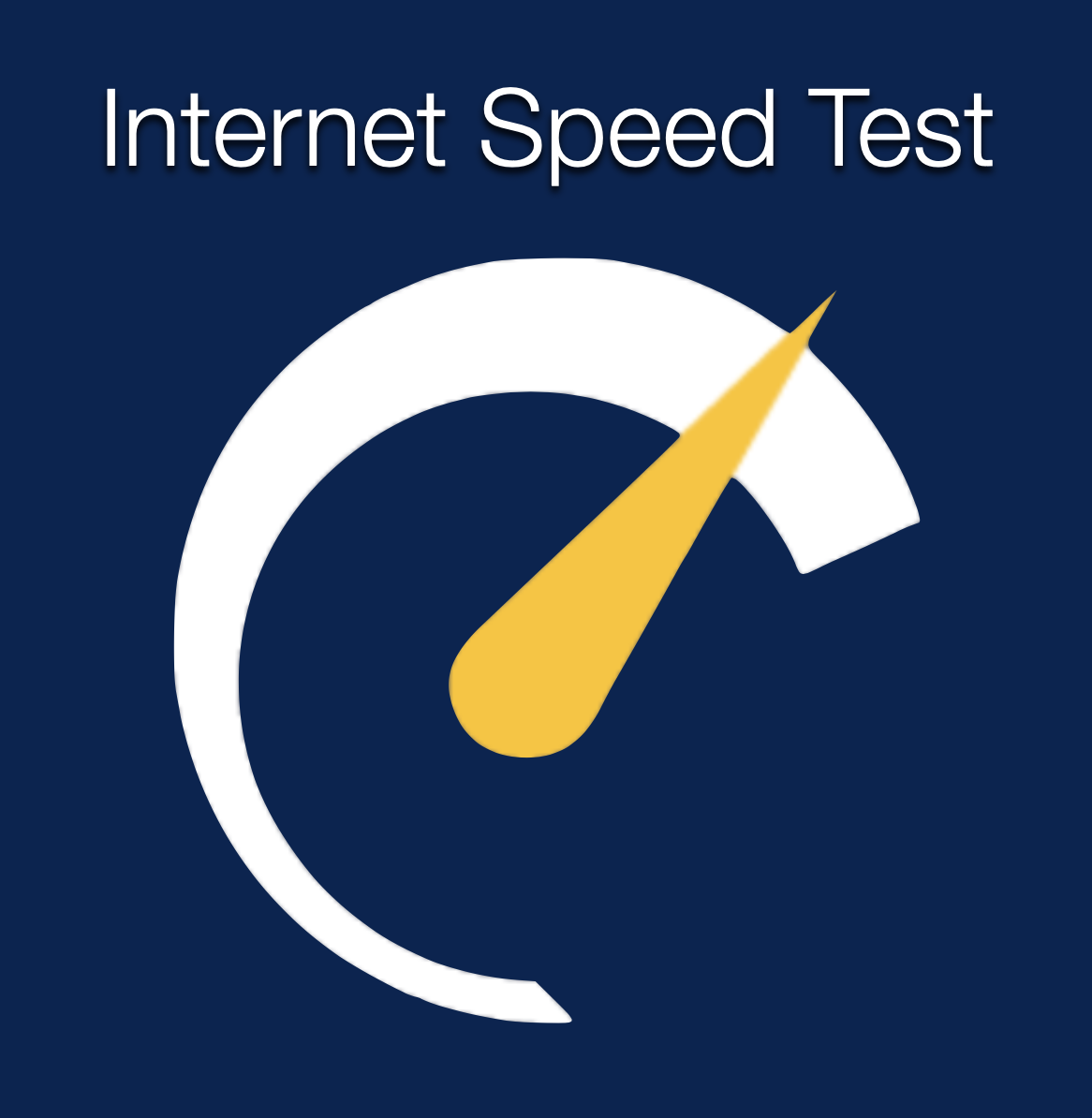
The internet has become an integral part of modern life, enabling seamless communication, entertainment, and access to information. However, the quality of our online experiences greatly depends on the speed and reliability of our internet connection. Internet speed tests are essential tools that allow users to measure the performance of their internet connections accurately. In this article, we will delve into how internet speed tests work and what each result means.
What are Internet Speed Tests?
Internet speed tests are online tools or applications that assess the performance of your internet connection by measuring various metrics, such as ping time, jitter, download speed, and upload speed. These tests are user-friendly and readily available on various websites, making it easy for anyone to check their internet speeds.
How Internet Speed Tests Work
When you run an internet speed test, your device sends a series of data packets to a server hosted by the testing service. The server then measures how long it takes for the data packets to travel from your device to the server and back, providing key metrics related to your connection’s performance.
Understanding the Results
Ping Time (Latency)
Ping time, also known as latency, is the time it takes for a data packet to travel from your device to the server and back. It is measured in milliseconds (ms). Lower ping times indicate a more responsive and faster connection, which is crucial for online activities such as gaming, video conferencing, and real-time communication. High ping times can lead to delays, buffering, and lag.
Jitter
Jitter refers to the variability in the ping times of data packets. It is crucial for activities that require consistent and stable connections, like online gaming and VoIP (Voice over Internet Protocol) calls. Jitter is measured in milliseconds, and lower values indicate more stable connections.
Download Speed
Download speed measures how quickly data is transferred from the server to your device. It is usually represented in megabits per second (Mbps) or kilobits per second (Kbps). A higher download speed indicates faster loading times for websites, smoother video streaming, and quicker file downloads.
Upload Speed
Upload speed, also measured in Mbps or Kbps, indicates how quickly data is sent from your device to the server. This metric is crucial for activities like uploading large files, video conferencing, and online gaming (for games that require sending data to the server).
What Affects Internet Speed Test Results?
The results of an internet speed test can be influenced by several factors. One such factor is network congestion, which occurs when there is heavy internet traffic in your area or on your internet service provider’s (ISP) network, leading to reduced speeds. Additionally, the type of internet connection you have plays a significant role, as different technologies like DSL, cable, fiber-optic, and wireless offer varying speeds. The physical distance between your location and the test server is also a crucial consideration, as it can affect ping times and overall performance. Moreover, the performance of older devices or those with hardware issues may not be optimal during the test, further impacting the results. Being aware of these influencing factors allows users to interpret speed test results accurately and make informed decisions to enhance their internet connection’s performance.
Tips for Accurate Speed Testing
Achieving accurate speed test results is crucial for gaining a clear understanding of your internet connection’s performance. To ensure the most precise measurements, you can follow these essential tips:
- Use a Wired Connection: Whenever possible, connect your device directly to the router using an Ethernet cable. Wired connections offer a more stable and consistent data transfer compared to WiFi, which can be susceptible to interference from other devices or physical obstacles. By using an Ethernet connection, you minimize the chances of external factors affecting the test, resulting in more reliable and accurate speed readings.
- Close Background Applications: Before running the speed test, make sure to close any unnecessary applications or programs running on your device. Background applications may consume bandwidth and system resources, potentially skewing the test results. By closing these applications, you free up bandwidth for the speed test, providing a clearer picture of your actual internet speed without any external influences.
- Choose the Right Server: Internet speed tests operate by sending data packets between your device and a test server hosted by the testing service. The physical distance between your location and the test server can impact ping times and overall performance. For more accurate results, select a test server that is geographically close to your current location. Choosing a nearby server reduces the chances of data traveling through a long and congested network, allowing the test to reflect your internet connection’s true capabilities.
Becoming an Informed Internet User
Understanding internet speed tests can be helpful in ensuring a smooth online experience. These tests offer valuable insights into the performance of our internet connections, helping us identify any potential issues and make informed decisions about our online activities. By measuring key metrics users can gauge the responsiveness, stability, and overall speed of their connections. However, it’s essential to consider various factors that may influence test results. Armed with this comprehensive knowledge of internet speed tests, users can optimize their internet experience, whether it be for gaming, video streaming, remote work, or staying connected with loved ones around the world.


